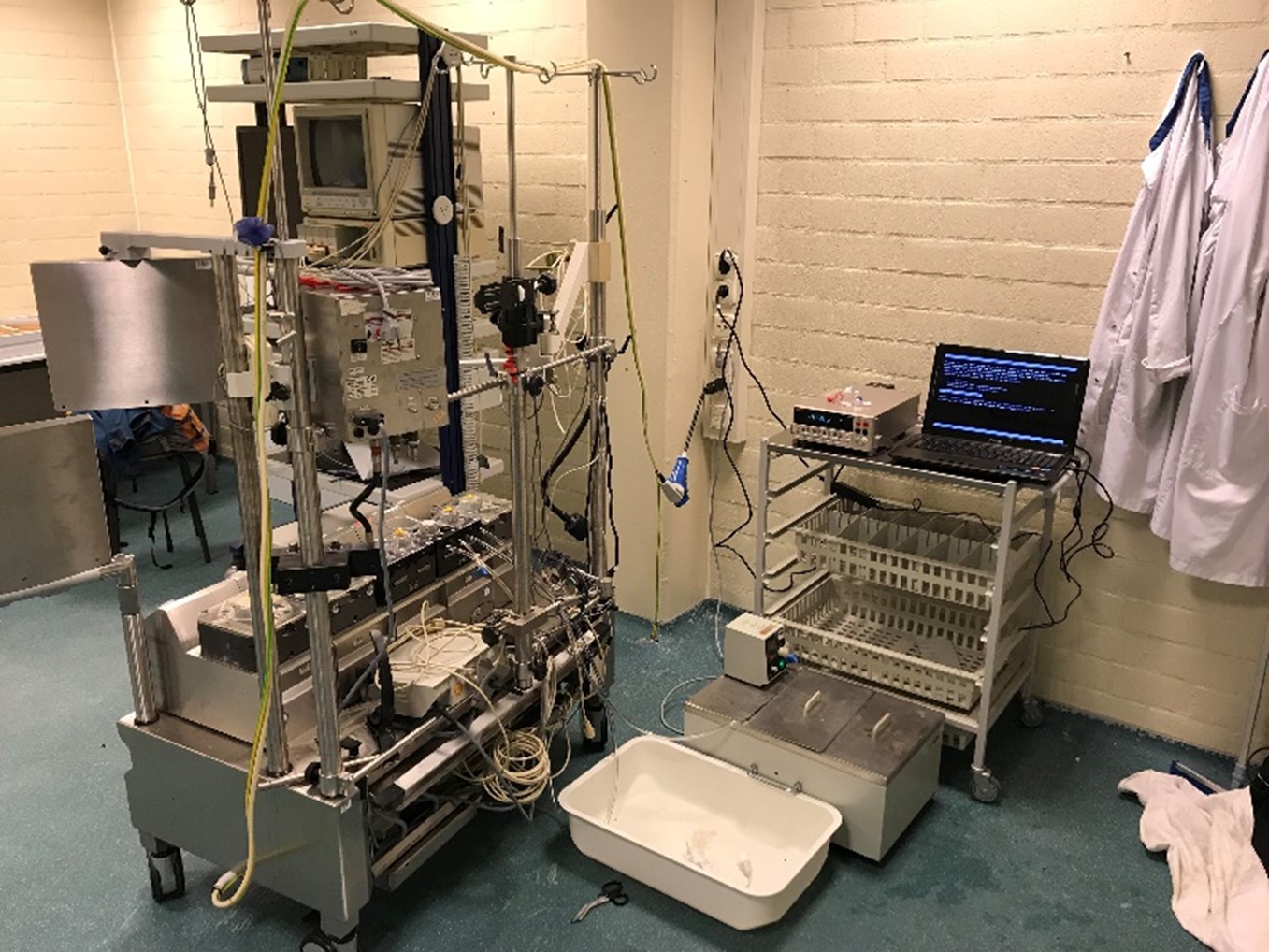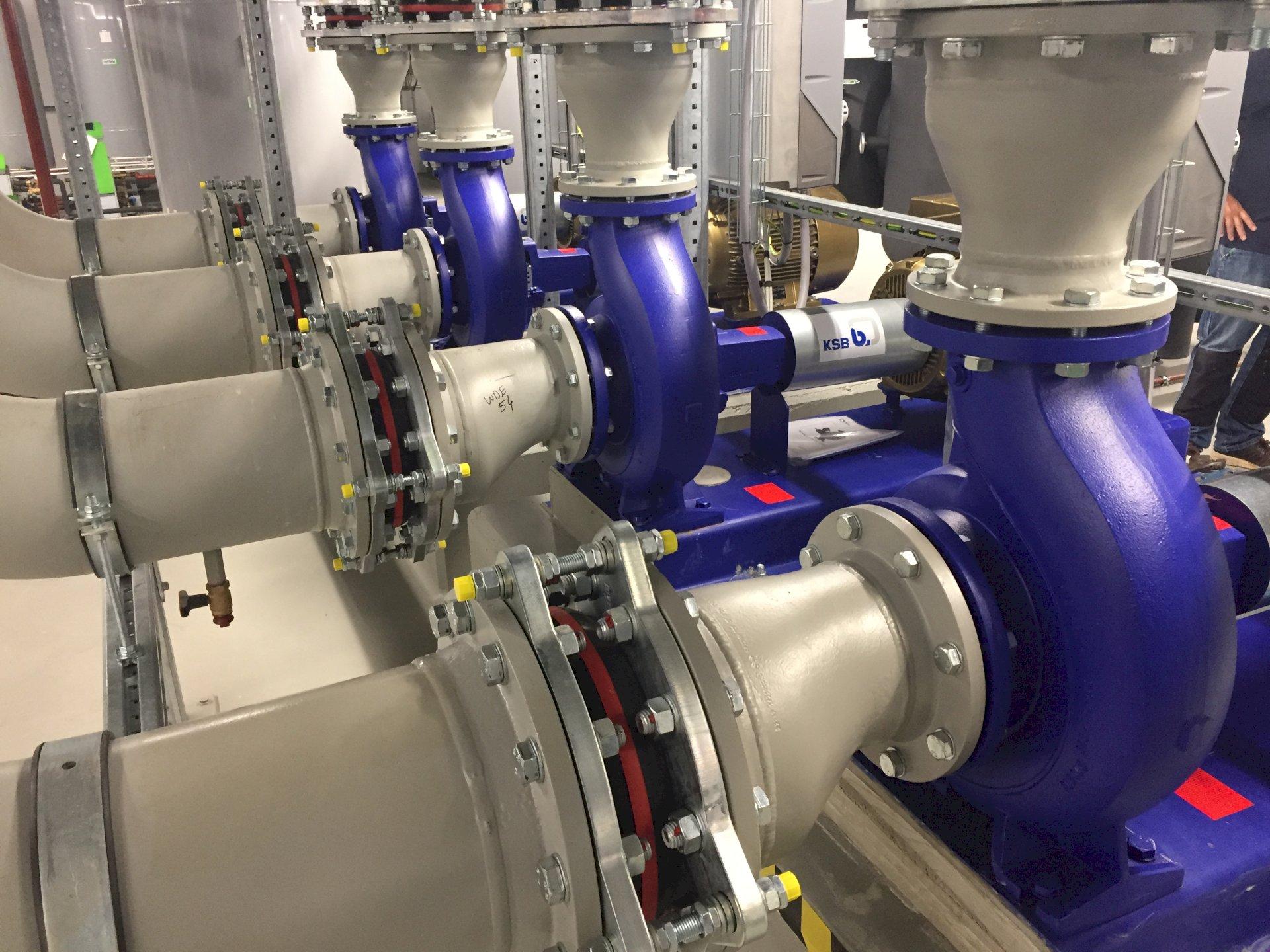 Door: CN Rood
Door: CN Rood Bladder cancer is the fifth most common cancer in Western countries with over 570.000 people being diagnosed each year. Unfortunately, little progress has been made in its treatment in recent decades: the survival of bladder cancer patients has not been changed over the last four decades. This has led to an urgent need for new strategies to improve the effectiveness of current treatments. Dr. Iris Brummelhuis MSc received her PhD from Radboud UMC on 2 June with her research “The bridge to possible novel strategies for bladder cancer” on three innovative treatments. In this article, we talk about the research and in which way the Keithley 2700 (new model DAQ6510) played a role.
Need for new treatments
Current bladder cancer therapies such as intravesical bladder instillations with chemo- of immunotherapy are associated with high chance of recurrence of the disease and and surgical removal of the bladder comes with a high chance on complications. Moreover, chemotherapy by infusion in bladder cancer is often ineffective because of limited access to the tumor and damage to healthy cells in other organs in, for example, heart and kidneys.
Three new methods tested
For her research, Iris Brummelhuis tested three innovative treatments. These methods are:
- Heating the bladder wall with micro waves
This treatment, used in non-muscle-invasive bladder cancer, combines chemotherapy with local heating of the bladder wall. Heating the bladder wall improves the effectiveness of chemotherapy bladder irrigation. Results in her thesis show that optimizing the dose of chemotherapy and the temperature and duration of heating can lead to better results. - Heat-sensitive fat globules
These tiny fat globules contain chemotherapy and respond to heating. They are administered through the bloodstream and are released into the vessels of the bladder when heated. This ensures a concentrated release of chemotherapy in the bladder, while other organs are less exposed to the medication. - Prolonged exposure to chemotherapy through a tube in the bladder
This treatment involves continuous irrigation of the bladder with chemotherapy through a catheter. Prolonged exposure to the medication allows bladder cancer cells to be better controlled. Studies have shown that this approach can reduce tumor size and even lead to complete tumor remission in some cases.
Measuring bladder wall temperature with Keithley 2700
For Iris Brummelhuis' research, monitoring bladder wall temperature was crucial to evaluate the effectiveness and safety of the new treatments. Thermocouples and the Keithley 2700 were used for this purpose. The Keithley 2700 is a measuring instrument capable of controlling thermocouples and making the corresponding temperature measurements. Using the accompanying software, Iris Brummelhuis was able to easily analyze the data collected.
Iris Brummelhuis: "The Keithley 2700 is a user-friendly device with an intuitive interface, which made it easy to perform all the necessary measurements. Using the Keithley 2700 helped collect valuable data on bladder wall temperature during different treatments."
Follow-up research needed
Iris Brummelhuis' research has yielded promising results for the treatment of bladder cancer. These innovative approaches have the potential to improve the effectiveness of current treatments and reduce side effects. The results of the studies regarding the first treatment led to improved treatment protocols. The second and third treatment are in a earlier stage of research and follow-up research is needed to assess their long-term safety and efficacy before they can be widely applied in clinical practice.






